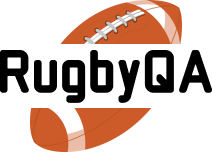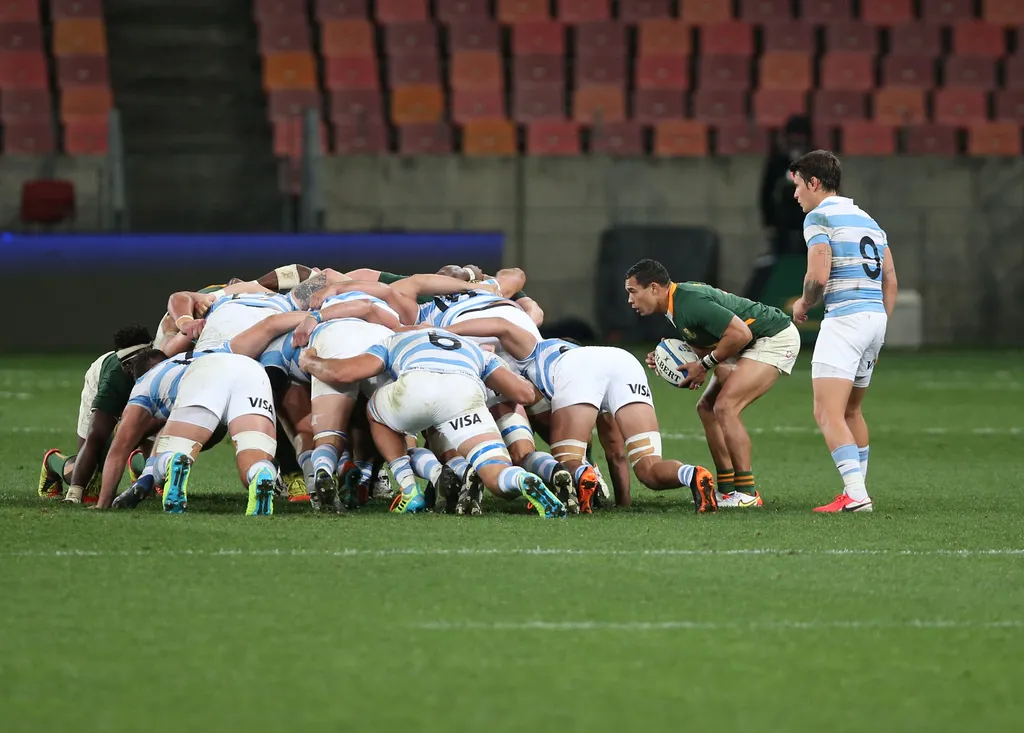During a rugby match, it will be difficult for you to keep track of the types of formations in an ongoing match on the field because the flow of the match is constant and there is not much time off during the process. However, there are some general patterns that teams regularly follow and distribute strikers around the field in a defined group. Today we will learn about the 2 most common types of formations in rugby as well as the positions of each player.
Formations in Rugby: 2 common types
The two most common types of formations you’ll see in 2020 are 1-3-3-1 and 2-4-2, alluding to how the eight forwards in the team are spread out across the pitch. Now we will do a quick breakdown of each squad and the benefits they bring:
2-4-2
In a 2-4-2 formation, there will be two groups of two strikers on the outside with a group of four in the middle. Once this formation has been established, it will give the team the opportunity to widen the field and put the ball in more space. In the 15-meter channels on either side of the field, a winger will line up with a hooker and a flanker, while the opposing winger will line up in a pod with the eight man and the other flanker. This provides power and speed for the two groups on the outside.The two props and the two locks will be in a “working” pod in the middle of the field.
The fly-half and generally one of the centers will fill in and serve as a link man to distribute in the two spaces between the three sets of pods. Strikers will not have much contact with the ball by running on the field but passing the ball. It also allows for better ball protection as the players will almost always be in groups of at least three – as long as the player link is not isolated. One of the advantages of the 2-4-2 formation is that it gives strikers more room to receive the ball instead of simply catching and running.
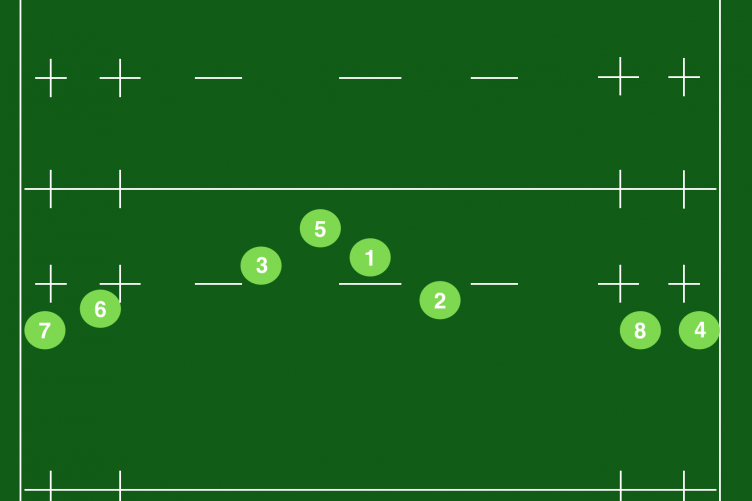
1-3-3-1
The 1-3-3-1 formation is used more often than the 2-4-2, but the principles are quite similar between them. In a 1-3-3-1 formation, each side will have a striker, with two groups of three in the center of the field. This pattern will cover a wide area of the field to combat both power and speed. The optimal result is to force defenders into the midfield, opening up space for full-backs.
In the middle of the field, two groups of three operate in a V-shape, with the backline player standing a little deeper and just behind the middleman in the group. This pattern is effective at punching holes in the midfield, creating a quick ball, and keeping picks open to the right and to the left. In the outfield, the two wingers act as powerful ball carriers and good breakers. The strikers must escape from the block and after receiving the ball, rush forward. For this scheme, anyone can fill any position on the field. There are the two most common types of formations in rugby.
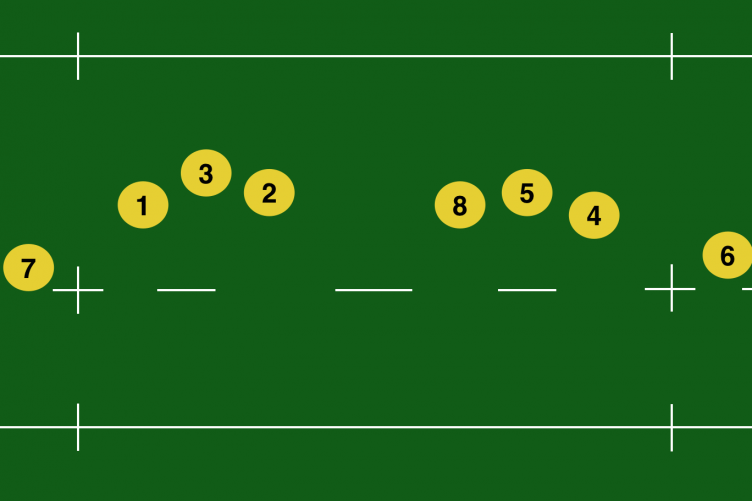
American rugby positions
An American rugby team consists of a total of 53 people and is divided into 3 teams. Attack team, the defense team and the special team aka mixed team. Each team can only have a maximum of 11 people and each person can only be on one team. Particularly the special team will have members of the offensive or defensive team depending on the situation.
Offense team
- Center (C): Center (server) (1 person)
- Offensive Guard (OG): Midfielder (2 men)
- Offensive Tackle (OT): Outfield midfielder (2 men)
- Quarterback (QB): Main midfielder (1 person)
- Half Back/Running Back (HB/RB): Midfielder running (1-2 people)
- Full Back/Set Back (FB/H-Back): Running defender (1 person)
- Wide Receiver (WR): forwards to catch the ball (2-4 people)
- Tight End (TE): Midfielder tail (1-3 people), this position is a combination of midfield and catching forwards
Attacking midfield
Lined along the horizontal lines on the field. Five Midfielders on the offensive line (Offensive line) include the Center (Center) standing in the middle, two sides are two Midfielders (Guard), and the outermost has two Midfielders (Tackle) – usually the tallest person on the team. Midfielder tail (Tight End) will be incorporated into tactical formations (Formations) depending on the match situation. Midfielders have two main tasks: protect the main Midfielder and create a running path for the Central Midfielder to run.
Main Midfielder
The main midfielder position (Quarterback) is often compared to the most important player on the attacking team in particular, and the whole team in general. The main midfielder holds the position of captain because he controls the distribution of the ball during the game by throwing the ball (to the skill group) or serving the ball (“Handing-off”) to the running center-back. The main midfielder is always behind the central midfielder to receive the ball, the distance between him and the server depends on the characteristics of each tactical formation. To play the main midfielder position, the player needs to have a vision. Good build, accurate throw and leadership qualities.
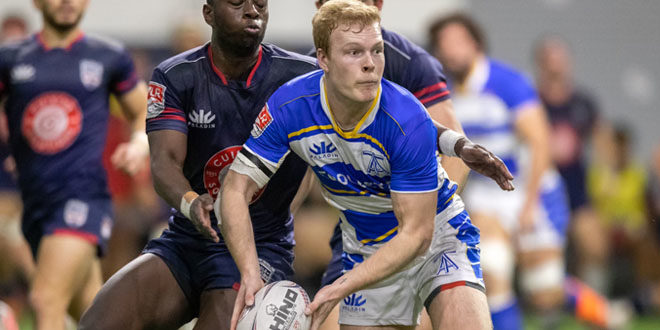
Defense team
- Defensive End (DE): Tail Defensive Midfielder (2 men)
- Defensive/Nose Tackle (DT/NT): Block/nose Defensive Midfielder. (1-2 people)
- Outside Linebacker (OLB): Outer Defensive Midfielder (1-2)
- Inside Linebacker/Middle Linebacker (ILB/MLB): Inner defensive midfielder (1-2 men)
- Cornerback (CB): Corner Defender
- Safety (S): Deep Defender
Long snapper
The server will replace the Central Midfielder in the case of long shots and shots. The midfield in the above situations will be reinforced with 2 players (in the case of a long shot) or 4 players (in the case of a point shot) because the skill group is no longer involved in the attack.
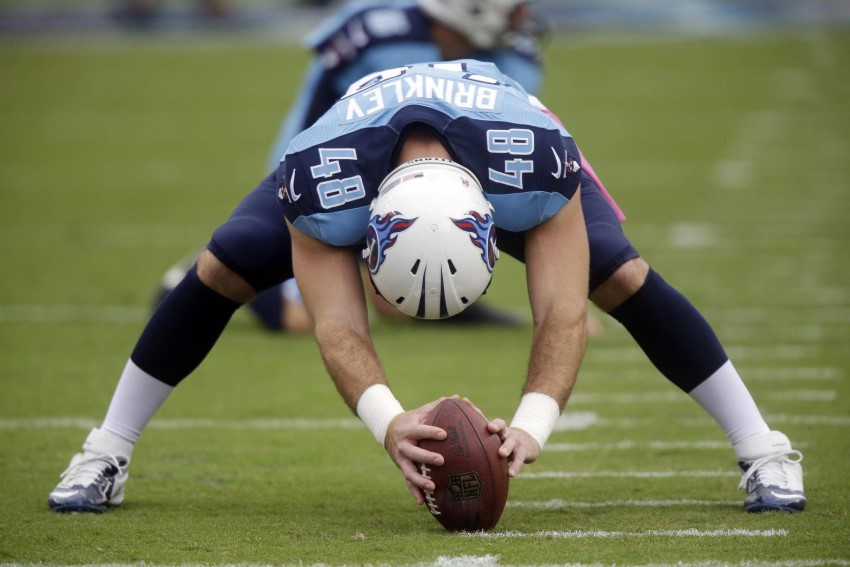
Placekicker
Normally, in case the attacking team gets to the last ball, the Placekicker will be sent onto the field to try to score 3 points (field-goal try). The kicker is also assigned the responsibility of kicking the ball in the opening half of each period, or after the home team has scored.
Special Teamer
Includes Gunner and Upback. Gunner in long-shot situations has the task of chopping down the returnee, in order to minimize the distance to the home penalty area. Upback performs the task of protecting the long shot if the midfield has an opening.
Return specialist
The return specialist is a position usually reserved for the most skilled and agile defensive players or defenders in the squad. They received the ball from the long shot and the opening shot and then ran into the opponent’s penalty area. The returner’s goal is to score points by running to the opponent’s penalty area or at least shortening the attacking distance for the home team.
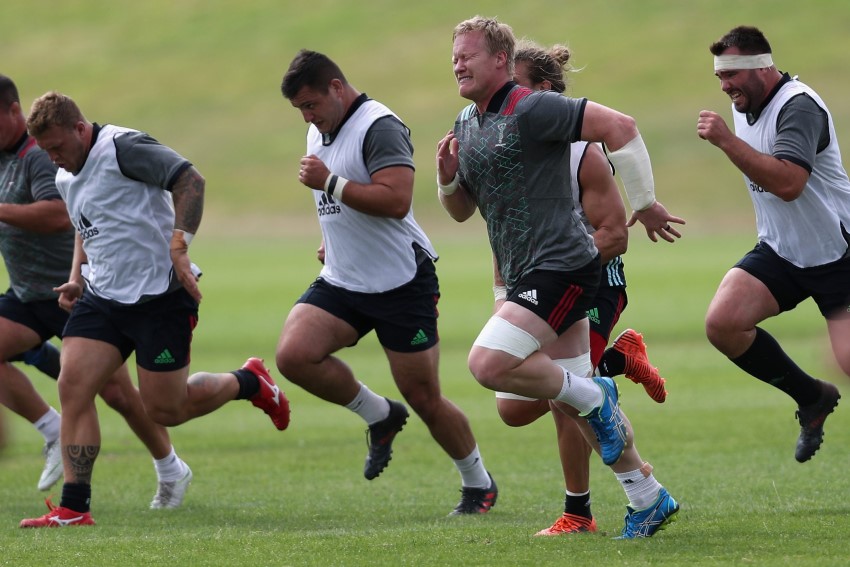
Conclusion
To sum up, Hopefully this article RugbyQA has helped you to know more information about the formations in rugby – a popular sport in the United States. This is a physical exercise, strong and healthy for the body. Therefore, this subject is mostly suitable for men rather than women. If you have the opportunity, please join and experience it once!
Read more:
